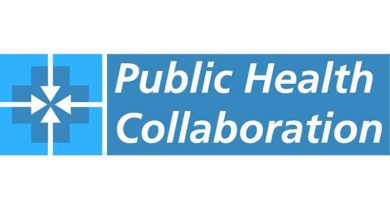Whole grains, CVD, cancer & mortality
A couple of supporters have emailed to ask if I would look at a particular article. The study is from May 2016 and it has been cited 168 times, so it has had a significant impact. The lead author is called Dagfinn Aune and he appears to be vegetarian or vegan – with connections to Loma Linda University (Seventh Day Adventists) and speaking engagements with global vegan leaders (Ref 1). The study is called “Whole grain consumption and risk of cardiovascular disease, cancer, and all cause and cause specific mortality: systematic review and dose-response meta-analysis of prospective studies” (Ref 2).
The study
The objective of the study was to quantify the relationship between consumption of whole grains and the risk of cardiovascular disease (CVD), cancer and mortality. The study was a systematic review and meta-analysis of prospective cohort studies that had reported relative risk estimates for the association between whole grains and cardiovascular disease (CVD), cancer and/or mortality. Systematic reviews (looking at all available studies) and meta-analyses (pooling together the results) are considered the highest level of evidence. However, pooling together population studies is not as powerful as pooling randomised controlled trials. Population studies can only examine association, not causation. We’ll come back to this point.
Aune et al found 45 studies that met their criteria. Twenty studies were from Europe, 16 were from the US, and nine were from Asia. The researchers may have found tens of studies, but just a few studies were used for each finding.
The research team concluded that a 90 g/day increase in whole grain intake (90 g is equivalent to 3 servings e.g. 2 slices of bread and 1 bowl of cereal) was associated with reduced incidence of disease and mortality. You can see the long list of reported relative risk reductions in the summary of the paper. (A number of them weren’t statistically significant, so watch out for any confidence intervals including the number 1.0.) The most important ones reported were the following (don’t worry about the numbers – we’ll see what these mean when we come on to how big the risk really was) (Ref 3):
- Coronary Heart Disease (CHD) – fatal or non-fatal – the relative risk was reported as:
0.81 (95% confidence interval 0.75 to 0.87). That was 7,068 cases among 316,491 people (7 studies);
- Cardiovascular Disease (CVD) – fatal or non-fatal – the relative risk was reported as:
0.78 (CI 0.73 to 0.85). That was 26,243 cases among 704,317 people (10 studies) (Ref 4).
No mention was made of fatal and non-fatal cancer combined, so we can be confident that this did not achieve a result.
The reported relative risks for deaths were:
- 0.85 (CI 0.80 to 0.91) for deaths from all cancers (34,346 deaths among 640,065 people – 6 studies);
- 0.83 (CI 0.77 to 0.90) for all causes of death (100,726 deaths and 705,253 people – 11 studies) (Ref 5).
No mention was made of cardiovascular disease deaths alone, so we can be confident that this did not achieve a result
The paper reported that reductions in risk were observed up to an intake of 210-225 g/day (7 – 7.5 servings per day) for most of the outcomes. That’s 5 slices of bread and 2.5 bowls of cereal!
It was reported that “there was little evidence of an association with refined grains, white rice, total rice, or total grains.”
The paper concluded: “This meta-analysis provides further evidence that whole grain intake is associated with a reduced risk of coronary heart disease, cardiovascular disease, and total cancer, and mortality from all causes… These findings support dietary guidelines that recommend increased intake of whole grain to reduce the risk of chronic diseases and premature mortality.”
There are a number of issues with the paper and its conclusions:
The rest of this article is available to site subscribers, who get access to all articles plus a weekly newsletter.
To continue reading, please login below or sign up for a subscription. Thank you.




